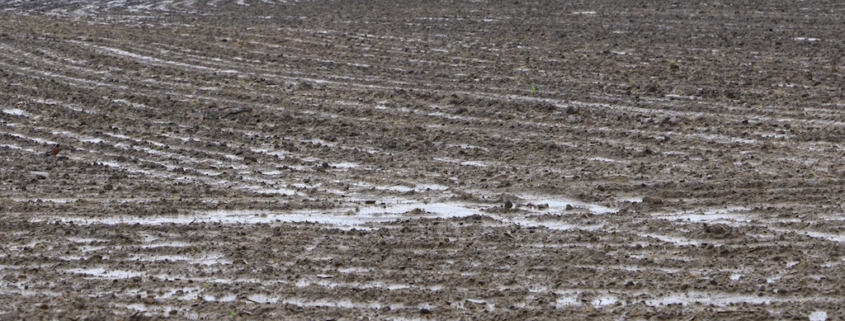Crop Insurance 101: Prevented Planting
Prevented planting occurs when producers are unable to plant their insured crop by the final planting date specified in their insurance policy or during any applicable late planting period due to a covered cause of loss, such as adverse weather conditions like excessive rainfall or drought. In such cases, prevented planting payments are made to compensate producers for the expenses they’ve incurred in preparing for the planting season.
The amount of prevented planting coverage is determined as a percentage of the insurance guarantee that the producer would have received for a timely planted crop.
EXAMPLE: A producer’s insurance guarantee is $100 an acre. If the producer insures a crop with a 60% prevented planting coverage factor, the prevented planting payment would be $60 (or 60% of the guarantee).
This percentage varies depending on the crop type and reflects an estimation of the pre-planting costs incurred by producers, including:
- Machinery
- Land Rental
- Fertilizer
- Field Preparation
- Pesticide
- Labor, and
- Repairs
To learn more about the insurance products available for farm risk management, reach out to Chelsea Heatherington at Kingsgate Insurance.







Leave a Reply
Want to join the discussion?Feel free to contribute!